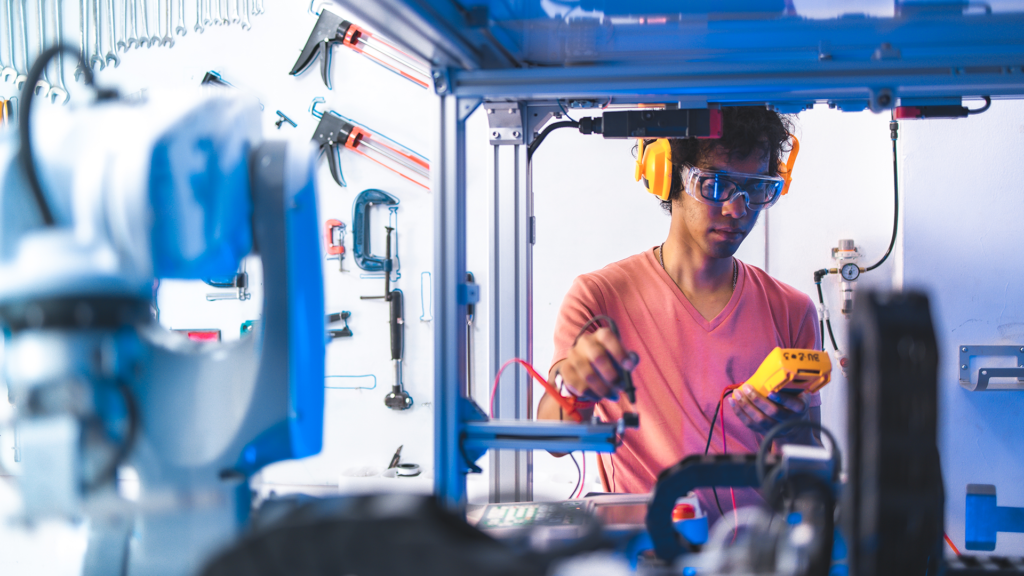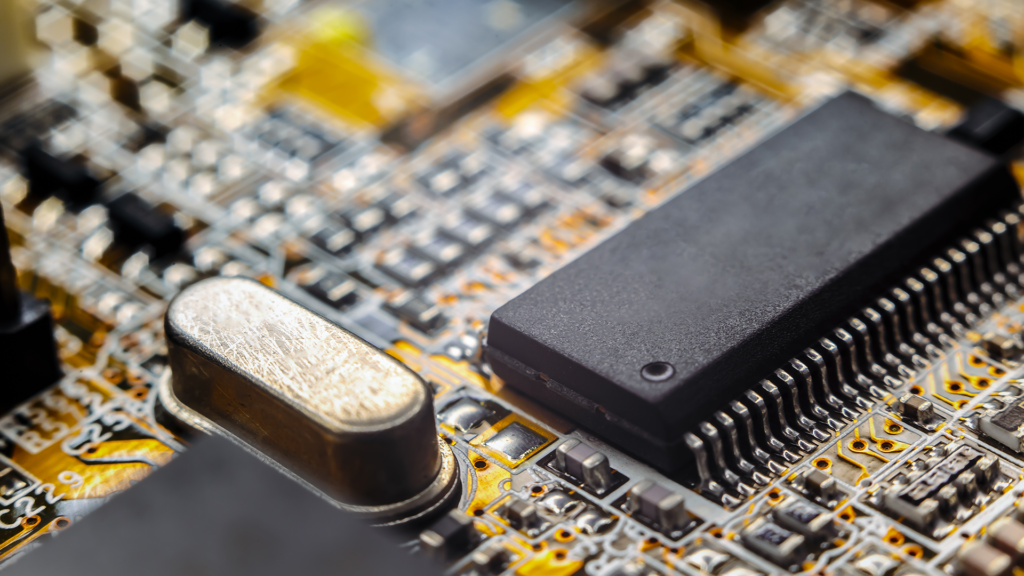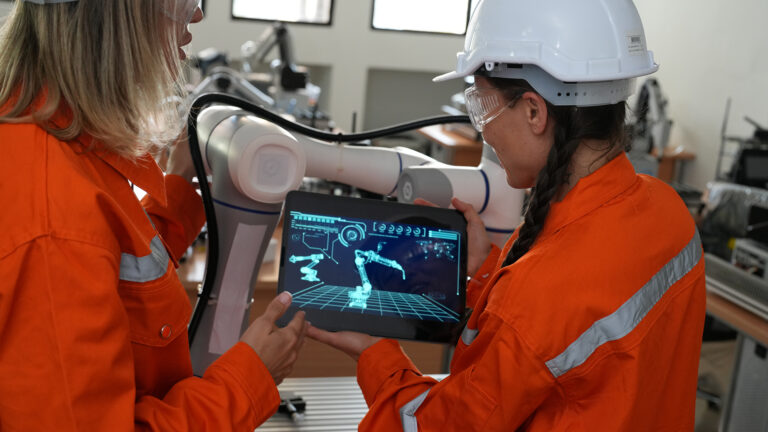The electronic components supply crisis will continue in the coming months. How does it impact business?
The global supply crisis of electronic components is still ongoing. It was expected to be solved by the beginning of 2022, based on a COVID-19 standardization. But the truth is that we will still have to wait until 2023 (or maybe longer) to have reasonable delivery times again.
This has a direct impact on business. On the one hand, the most visible consequence is the delay in project deadlines. But it also leads many companies to decide to use different brands than the usual ones, and this has an impact on how they are managed and the knowledge that the internal teams responsible for the technological operation (such as Support and Engineering) should have. This change, derived from departing from the standards, can have an impact on implementation and even on training.

The pandemic led to temporary factory closures and a slowdown at all levels. Following the successful vaccination, manufacturers and shippers are trying to catch up with the backlog of orders. But the reality is that they can't keep up because, at the same time, there is a surge in new demand. It's a perfect storm, as the lack of raw materials is also putting a major brake on this recovery.
In addition to this, there is another worrying factor: the complicated logistical situation worldwide. When the ports began to open, there was an over-demand. There were no containers and prices skyrocketed. Delays and high prices could continue until 2023, according to a study by the Council of Supply Chain Management Professionals (CSCMP). The war in Eastern Europe makes things even more difficult.
What do the leaders say?
The impact is transversal in the industry. In the automotive sector, for example, Volkswagen Group CFO Arno Antliz is more pessimistic, believing that microchip provisions will only stabilize in 2024.
Microprocessor maker Intel's CEO Pat Gelsinger has the same view: "The overall semiconductor shortage will shift to 2024, compared to our previous estimates of 2023, simply because the shortage has now reached production equipment and some of these fab facilities will be hit harder."
These delays are not compatible with the speed of business.
How does the lack of electronic components impact projects?
Companies must take into account that their public clients (companies or governmental entities) affect the expense only when the goods are delivered to them. This generates a window period. It is essential that they evaluate and weigh manufacturers' delivery times.
In the private sector, the complication is given by the postponement of project deadlines. The delay in business and the failure to update technologies has a notorious impact on business.
Each company is taking its own path in the face of these restrictions. For this definition, even the different conditions in each country must be taken into account; so it has become an interesting puzzle to put together that affects the business itself.

All kinds of situations are arising.
Some companies with upgrade projects that they are evaluating can cope with this scenario, and are sticking to the resulting prices and deadlines.
There is also the worrying case of organizations that have an ecosystem of technologies that they purchased some time ago, and now they find that manufacturing times have lengthened and there are no materials. Some of them decide to implement the technological upgrade only when the components are received. But this postponement can be critical, as they risk running out of support from the manufacturers.
Others begin to homologate brands other than the ones they usually work with, but this does not ensure availability. The impact is strong in cases such as those of multinational chains, considering that they have the same technological components installed in all their subsidiaries worldwide.
There are other cases in which the decision is to start having an own stock, with the components that can be found in a reasonable time.
What should be taken into account?
That surfing this wave is getting uphill.
It was thought that the situation would have improved by now. But now we know that we will have to wait at least one more year for the supply to be restored.
And although I may sound like the bad guy in the movie, it is necessary to warn decision-makers that they should be very attentive to this issue.
Wrong or right, the shortage of electronic components is going to remain a stumbling block for some time to come. A stone that can make fulfillment very difficult.
If this is not taken into account, what is projected for three months can take six to eight months. And this is something that every manager should include in his or her plans today.
As the market does not wait, inventiveness and flexibility must be called upon.
By:
Mauricio Pargman, Head of Enterprise.
Mauricio has a degree in Telecommunications Engineering from Universidad Católica. He has more than 20 years of experience in developing commercial teams. Between 2009 and 2012 he was one of the people in charge of opening and leading Isbel's office in the Dominican Republic.



